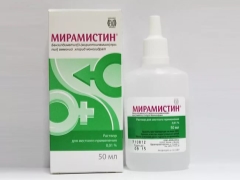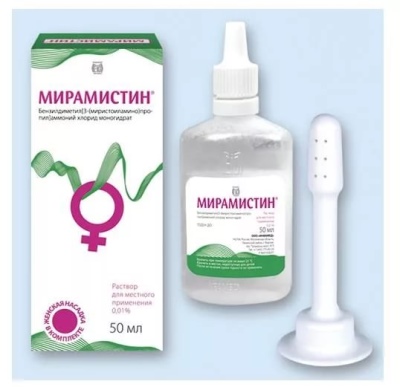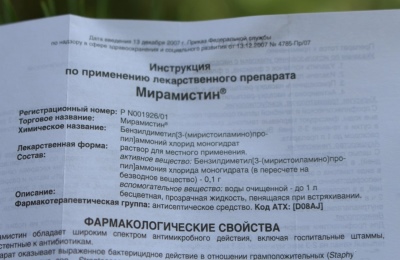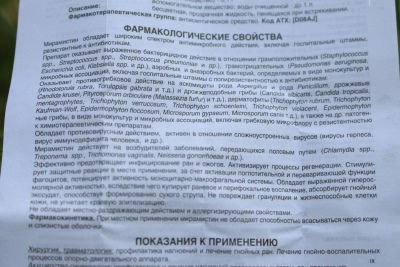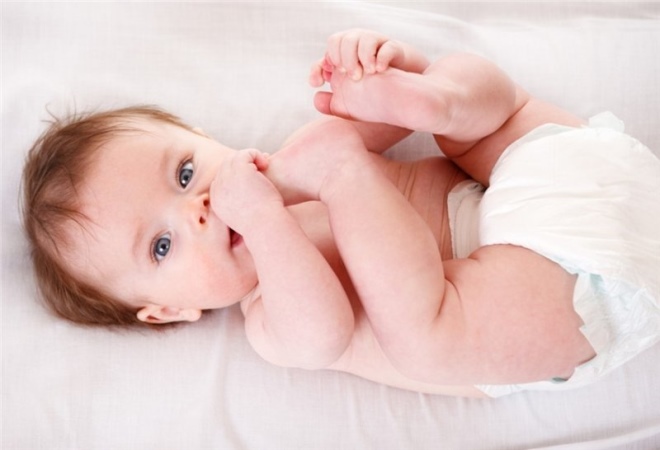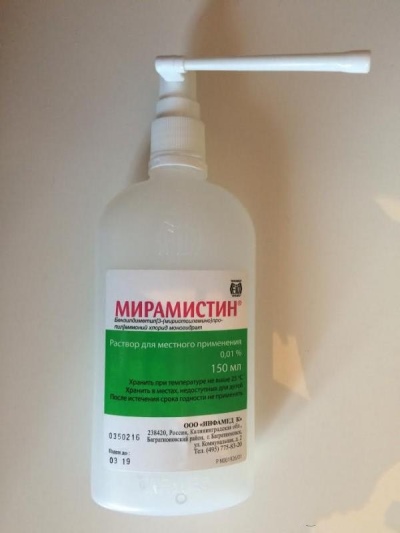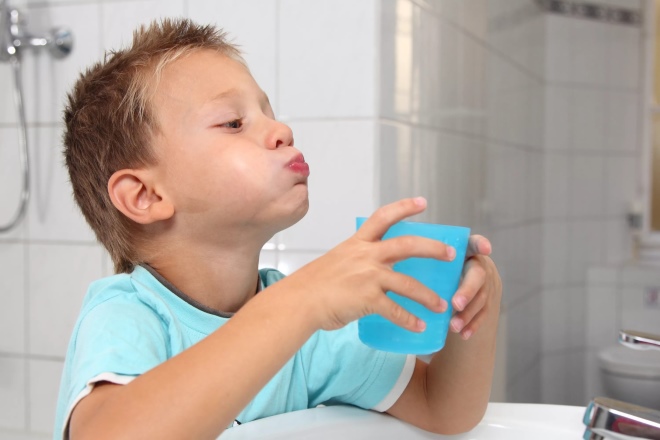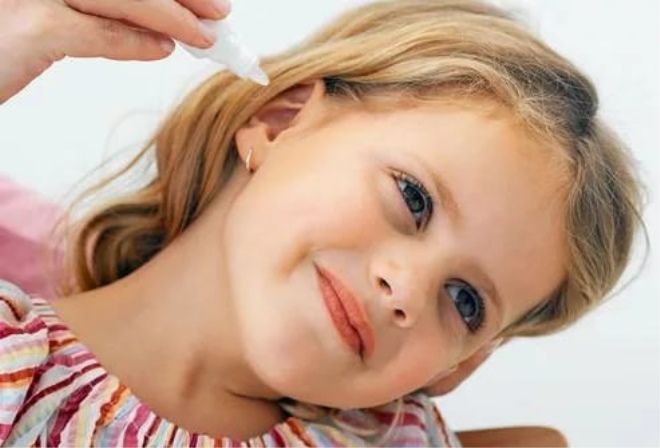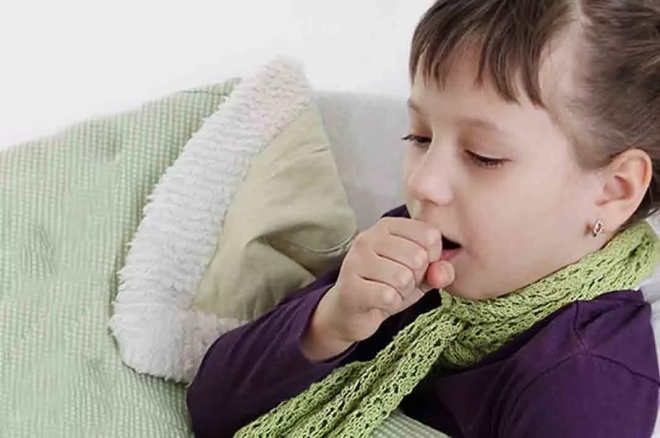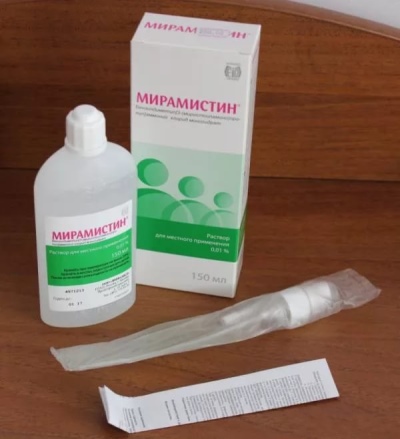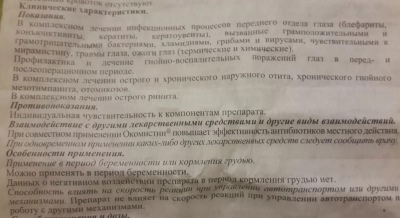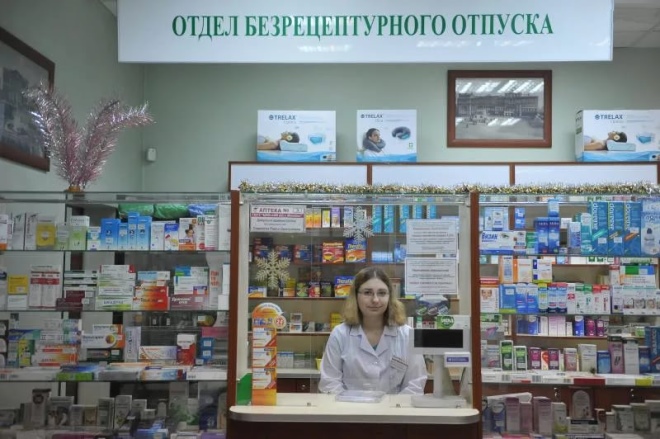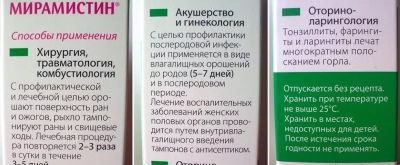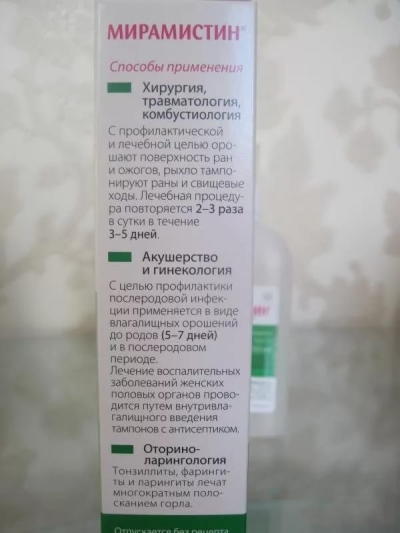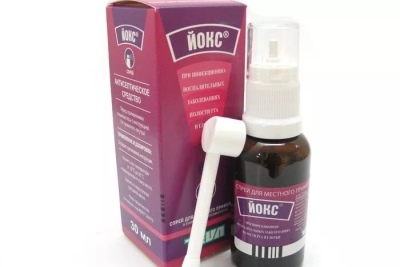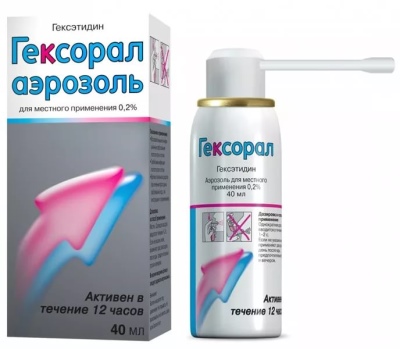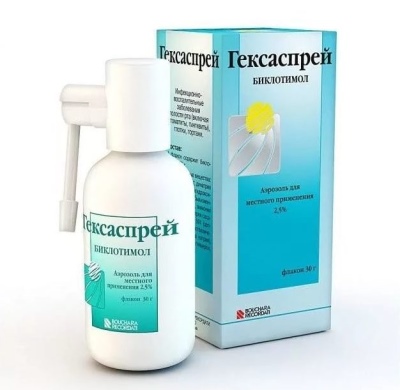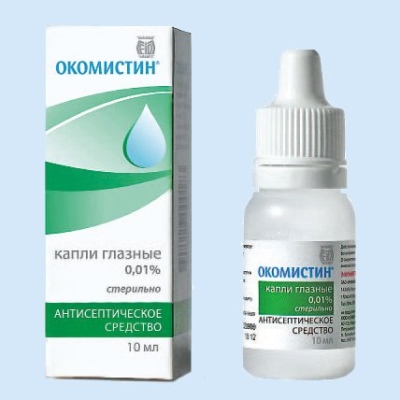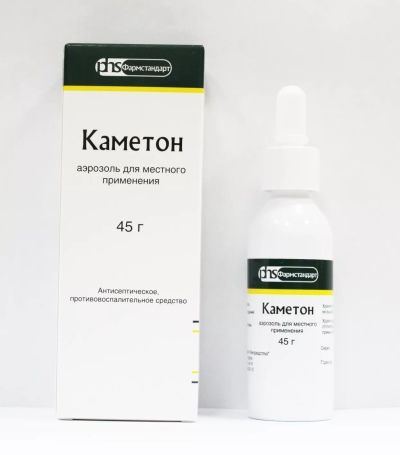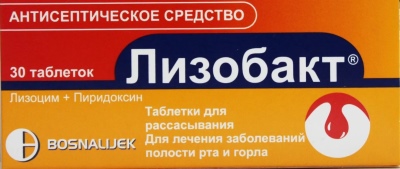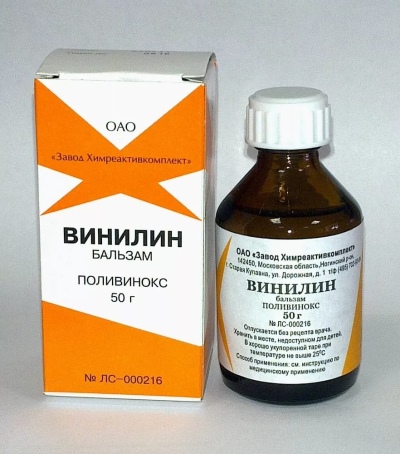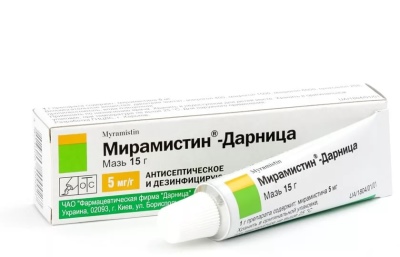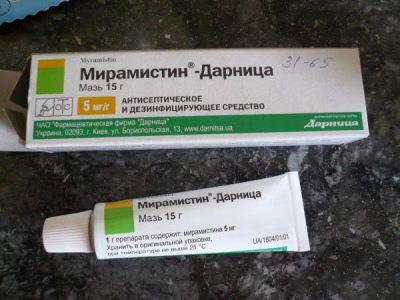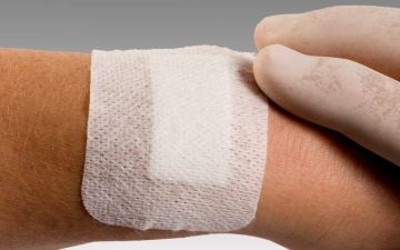Miramistin for children: instructions for use
Antiseptics are drugs that can prevent wound infection or help treat a wound infection if it has already developed. One of the most popular products in this group is the Russian drug Miramistin.
He has a very wide range of effects, so he is in demand among adults for the treatment of bacterial, fungal and other infections. The area of its application is not limited to skin damage. Instructions for use is very simple. However, not everyone knows whether it is possible to use “Miramistin” for children when it is appropriate and whether this drug is harmful in childhood.
Release form
The drug is available in liquid form and is represented by a clear solution without any color. It also lacks taste and smell. If you shake this liquid, it starts to foam.
There are several variants of medicine packaging:
- Vials of 50 ml of solution, equipped with a gynecological nozzle. Such "Miramistin" is used after childbirth and gynecological pathologies.
- Bottles of 50 ml, which have a urological applicator. This drug is used to treat the urinary organs.
- Vials containing 50 ml of medication, to which is attached a spray nozzle, as well as a urological applicator. Such compact packaging is often chosen for travel and in demand in the treatment of children.
- Flat or round vials of 150 ml of the drug, supplemented by a spray nozzle. They are most often used both in pediatrics and in the practice of ENT doctors, dentists, surgeons and other specialists.
- Bottles of 500 ml. "Miramistin" in such packaging is often taken for dressings and used in hospitals.
Composition
The main ingredient of the solution is called the same as the drug - Miramistin. Since the concentration of the drug is 0.01%, then Miramistin in one liter of solution contains 0.1 g. The second component of the drug is represented by purified water. There are no other substances in the composition of "Miramistin".
Operating principle
The drug has a marked bactericidal effect on many anaerobic and aerobic bacteria, both on one pathogen and on the association of bacteria. The drug even affects strains called hospital (which have resistance to common antibiotics).
"Miramistin" destroys:
- staphylococcus;
- aneumococci;
- Klebsiella;
- chlamydia;
- E. coli;
- gonococci;
- streptococci;
- blue pus bacillus;
- Trichomonas;
- treponema.
The solution also shows activity against many viruses - for example, it acts on herpes viruses. In addition, "Miramistin" provides an antifungal effect on various fungi, including candida, ascomycetes, microsporum and the pathogen of chives.
Among the main advantages of drugs are the following:
- Extensive range of effects on pathogens.
- Effective prevention of skin damage suppuration.
- Quite high activity against bacteria of different species.
- The combination of antimicrobial action with the effect on viruses and fungi.
- Reducing the resistance of the pathogen to antibacterial drugs.
- Stimulation of local immunity.
- Enough strong anti-inflammatory effects.
- The presence of hyperosmolar activity, due to which the inflammation in the wound is reduced, and the purulent exudate is better separated.
- The absence of a damaging effect on cells that did not hit bacteria, fungi and viruses (the drug does not interfere with epithelialization and the formation of granulations).
- Stimulation of reparative processes at the treatment site.
- No irritating effect.
Indications
The drug is used in many areas of medicine:
- Surgeons prescribe "Miramistin" with the appearance of any suppuration, as well as for the prevention of such complications.
- The drug is also in demand for deep and superficial burns.
- In ophthalmology, "Miramistin" is used for conjunctivitis.
- Dermatologists prescribe this antiseptic for fungal or bacterial skin lesions, as well as for infection of the mucous membranes.
- ENT doctors prescribe “Miramistin” for otitis, pharyngitis, inflammation of the adenoids, tonsillitis, rhinitis, sinusitis, sore throat, laryngitis and other diseases.
- In dentistry, the drug is used in the treatment of gingivitis, periodontitis, periodontitis, stomatitis and other inflammatory and infectious pathologies in the oral cavity. It can be used prophylactically - when teething.
- Gynecologists and urologists prescribe a solution for postpartum infections, urethritis, thrush, inflammation of the foreskin, chlamydia, and other problems.
From what age is appointed?
"Miramistin" is considered to be safe for children to drugs, but in the instructions for the solution it is noted that in childhood it should be used from 3 years. However, in practice, doctors prescribe such a tool even for an infant if the crumbs have diaper rash, sunburn, abrasions, insect bites, pustular skin diseases, tonsillitis, and many other pathologies. At the same time to use means for children to of the year without the advice of a doctor is not recommended.
For any disease of the infant, you must first show the pediatrician to establish the diagnosis and determine whether it is advisable to use antiseptics or require other drugs.
Contraindications
The drug is not prescribed only for hypersensitivity to miramistin, since it is the only ingredient of the drug, not counting water. There are no other contraindications to treatment with such an antiseptic.
Side effects
For most patients, the drug does not cause any harm. Sometimes treatment with Miramistin causes a slight burning sensation. Usually it is short-lived, after 10-20 seconds it disappears on its own. To cancel the drug with such a side effect is not required.
In some young patients, Miramistin provokes allergic reactions. If itching, redness, rash, or other symptoms of irrigation, instillation, or rinse allergy should be stopped immediately and consult a doctor.
Instructions for use and dosage
"Miramistin" does not need to be diluted, since this solution is already diluted with water to the desired concentration and is ready for use. To use a bottle equipped with a spray bottle, remove the cap or applicator (if any) from the bottle, then open the packing of the nozzle and place it on the bottle. To activate the sprayer, press it twice.
The method of administration, dosage and frequency of treatment are determined by the disease at which "Miramistin" is prescribed. If a small patient is diagnosed with tonsillitis, pharyngitis or laryngitis, the agent is sprayed with a nozzle or used for rinsing. A child of 3-6 years old dose for one rinse is 3-5 ml of solution, and when spraying make a single click on the nozzle.
The amount of the drug for each rinse for children 7-14 years is 5-7 ml, and the use of a spray nozzle provides for a double tap. A teenager over the age of 14 requires 10-15 ml of Miramistin per rinse. If you use a sprayer, then you need to press it 3-4 times in a row.The frequency of treatment is 3 or 4 times a day, and the duration of treatment is 4-10 days.
In case of dental diseases, mouth rinsing “Miramistin” is prescribed. They are performed 3-4 times a day, using for each procedure from 10 to 15 ml of solution. After rinsing, spit it out.
If the drug is prescribed for treating the skin (for burns, wounds and other injuries), irrigation is carried out within 3-5 days - twice or three times a day. The medicine either flushes the damaged area or applies it with a tampon.
When rhinitis "Miramistin" prescribed to drip into the nose one drop (sometimes two drops) in each nostril. The frequency of drug administration is up to 8 times a day, and the course of therapy for a cold is 7-10 days. For eye diseases, medicaments drip 1-2 drops into each eye - up to 6 times a day.
If child otitis media, the doctor will order him to bury in the ear 2-3 drops three times or four times a day. When inflammation of the outer ear helps lay in the ear passages turunda dipped "Miramistinom". The duration of the procedure is 10-15 minutes, it is repeated 3-4 times a day, and the whole course of treatment lasts from 5 to 14 days.
For respiratory diseases, many doctors recommend inhalations with Miramistin, which are done with a nebulizer. If the child is less than 12 years old, for one procedure, take 1 ml of antiseptic and connect it with 2 ml of saline, and then pour it into the nebulizer.
For teens you can use undiluted medication - 4 ml per inhalation. Breathing "Miramistinom" when coughing is advised 3 or 4 times a day.
Overdose
Cases of poisoning "Miramistin" was not, because the packaging of the drug provides a metered intake of the drug, and with local processing, the drug is almost not absorbed and is of low toxicity. If a child accidentally swallows a solution, it can cause such effects as nausea and discomfort in the stomach, which soon pass.
Interaction with other drugs
Studies have shown that the simultaneous appointment of "Miramistin" and antibiotics enhances the antimicrobial effect of such drugs. The same situation is observed when combining drugs with antifungal agents.
Terms of sale
"Miramistin" refers to over-the-counter medicines, therefore, it can be purchased at most pharmacies without any difficulties. For 50 ml of solution you need to pay about 200-230 rubles, the price of a 150 ml bottle is about 350 rubles, and the average cost of a large package (500 ml) is 800 rubles.
Storage conditions
The shelf life of "Miramistin" is 3 years. If it has expired, the use of medication (especially in children) is prohibited.
There are no special temperature conditions for storing the solution. It is recommended to keep the bottle in a place hidden from children, at room temperature.
Reviews
On the use of "Miramistin" in childhood you can find a lot of positive opinions. In such reviews, parents confirm the good antiseptic effect of the solution, which he manifests in various wounds, stomatitis, colds, acute respiratory viral infections, sore throat, chicken pox and many other problems.
Moms like that the medicine has a very wide range of effects on various pathogenic bacteria and fungi. The advantage of the drug is the concentration of the active ingredient, which affects the pathogen, but does not allergize the body (does not provoke diathesis) and does not irritate the skin. The drug is also praised for using it very simply and conveniently, and you do not need a prescription to make a purchase.
As for the cons, most of the reviews are not. Children tolerate the drug very well, almost never have side effects. Only rarely do parents complain about the price (they call it high) or the weak effect (usually if the disease is neglected).
Analogs
The replacement may be other drugs from the group of antiseptics, for example:
Yoks
This spray on the basis of povidone-iodine and allantoin is used for sore throat and stomatitis from 8 years, and the solution is prescribed from 6 years of age.
Hexoral
This drug hexaetine in the form of an aerosol or solution is used from 3 years. It is required for infections of the throat and mouth.
Hexasprey
This aerosol containing biclotymol is used for patients older than 6 years. He is prescribed if the child has stomatitis, angina, glossitis and other bacterial lesions of the oropharynx.
Okomistin
Such eye drops are used for bacterial eye disease - for children older than 3 years.
Kameton
This combined remedy, which includes camphor, menthol, chlorbutanol and eucalyptus oil, is prescribed from the age of five. Aerosol helps to get rid of rhinitis and sore throat.
Lizobact
This tablet drug is used for pain and inflammation in the mouth and throat - from 3 years. It includes lysozyme, supplemented with pyridoxine.
Betadine
This solution, containing povidone-iodine, is able to replace “Miramistin” during surgical procedures, skin infections, wounds, burns, and so on. For children it is used from 4 weeks of age.
Viniline
The effect of this solution is provided by polyvinoks. The drug is recommended for infection of the skin, open wounds, bruises, diaper rash, chicken pox, stomatitis and many other lesions. Doctors prescribe it to children of different ages.
Miramistin-Darnitsa
The drug on the basis of Miramistina with the same name is produced by the company Darnitsa (in the form of ointment). The tool has a disinfecting effect and is in demand in the practice of surgeons and traumatologists.
It is used:
- for the treatment of purulent wounds;
- to prevent secondary infection of wounds;
- in the treatment of severe burns;
- with keratomycosis;
- with candidal lesions of the mucous membrane or skin;
- with onychomycosis;
- with streptoderma;
- in case of skin lesions with staphylococcus;
- with a fungal infection of the skin.
The drug is released in tubes containing 15 g of a homogeneous light substance. Miramistin concentration in the ointment is 5 mg / 1 g. This active ingredient is supplemented with propylene glycol, macrogol, edetate disodium, purified water and poloxamer.
The shelf life of the drug is 2 years, and it can be stored at room temperature. For sale drug without a prescription.
The only contraindication to the use of this drug is hypersensitivity to any component of the ointment. Children are not assigned such a tool, because its effect on the children's body has not been studied. But in fact, the drug is used, because it rarely causes side effects and acts mainly locally.
Miramistin - detailed video instructions on this drug are posted below.
